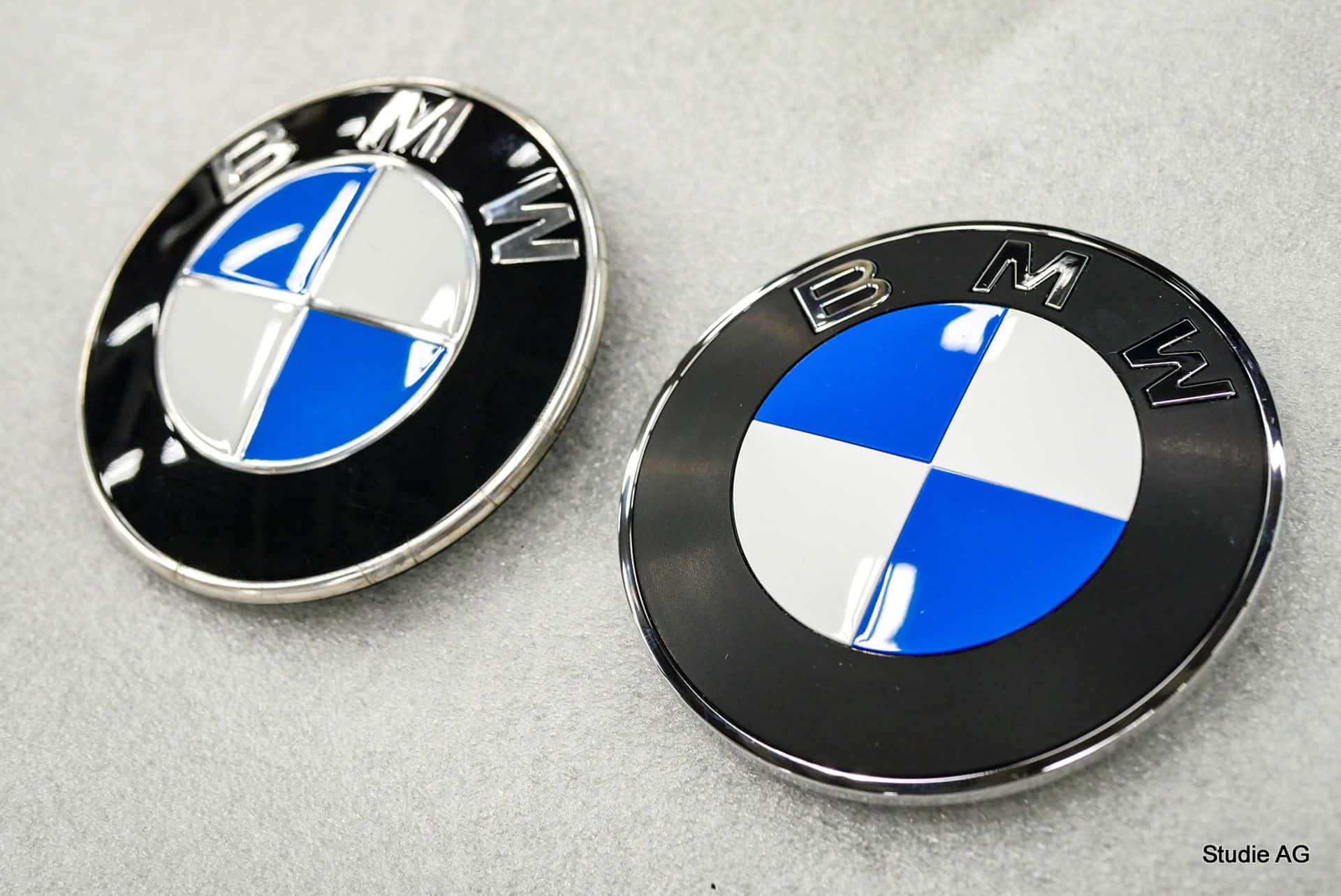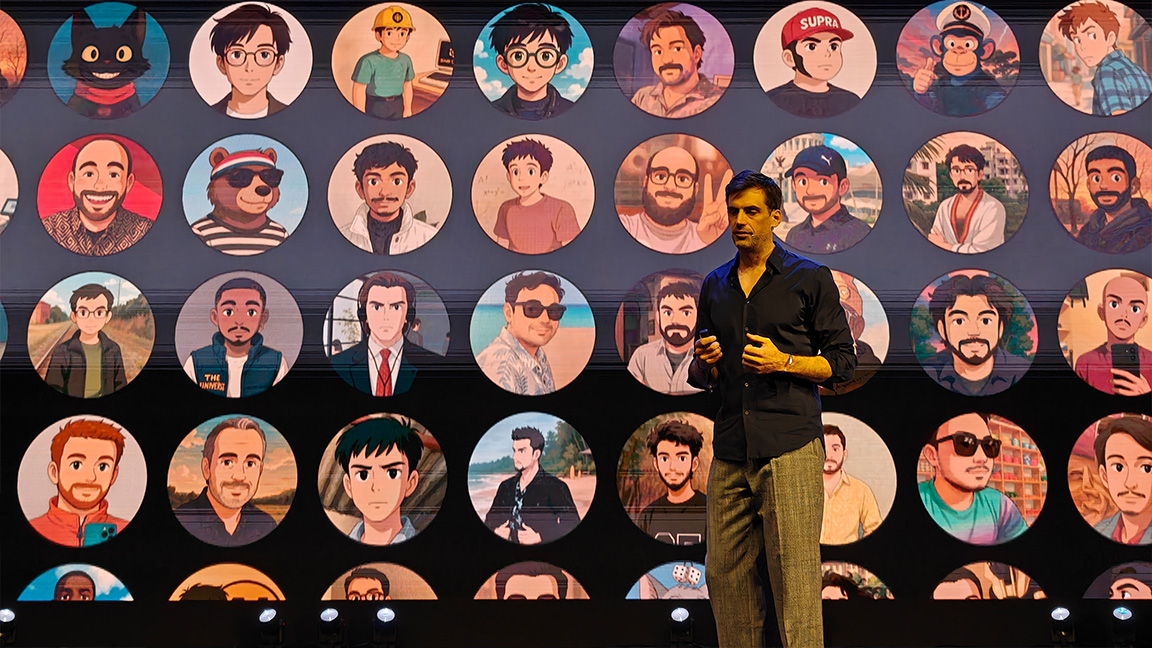
Day 1 of Upscale Conference, the AI get-together from Freepik, was a little less of a hyperbolic AI takeover and a more reasoned cautionary note on how AI can be used, not that it’s a magic bullet to faster, cheaper art and design. Listening to three creative leaders, Joaquín Cuenca of Freepik, Marten Kuipers of DEPT®, and Max Ottignon of Ragged Edge, and one message kept resurfacing: AI is only as creative as the intent behind it.
Today wasn’t really about tools or prompts at all; it was about intent, taste, and what it means to stay creative when ideas come faster than ever. The speakers agreed that AI can empower creativity by removing friction and opening up new ways to experiment, but only when used with purpose and craft. It’s not about speed or scale; it’s about how thoughtfully you use it.
The real risk, they warned, is creative complacency; letting automation flatten originality. In a world of endless outputs, the challenge is to protect difference, curiosity, and taste.
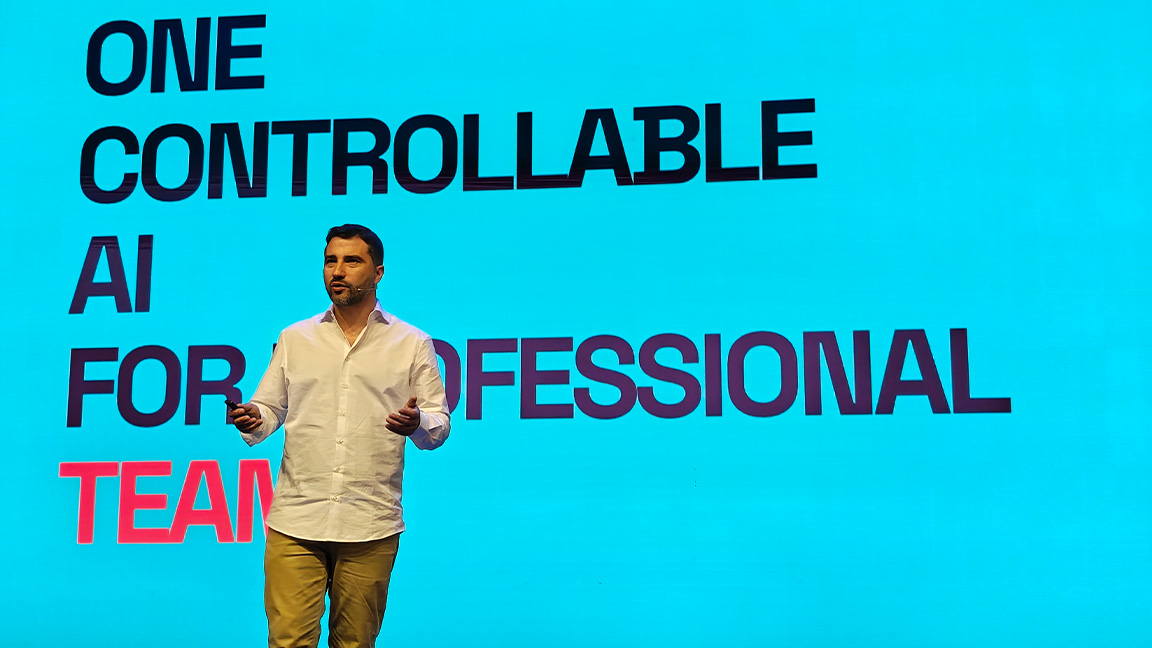
Making creativity accessible
Joaquín Cuenca, Freepik’s CEO and co-founder, opened with a clear vision: making creativity simpler and more accessible for everyone.
From its beginnings as a stock image library to now hosting millions of assets, templates, and AI tools, Freepik has quietly grown into a complete creative ecosystem. Its latest feature, AI Spaces, aims to take that even further, offering a unified environment for ideation, design, and visualisation. Read my first-hand impressions of Spaces for more detail.
“AI is helping us turn Freepik into a complete creative platform,” Cuenca said. “From inspiration to production, we want to be the place where anyone can take an idea and bring it to life.”
It’s about more than speed. Cuenca stressed that AI isn’t there to replace creative thinking; it’s there to remove barriers. “What matters isn’t how fast you use AI,” he explained, “but how thoughtfully you use it.”
Daily design news, reviews, how-tos and more, as picked by the editors.
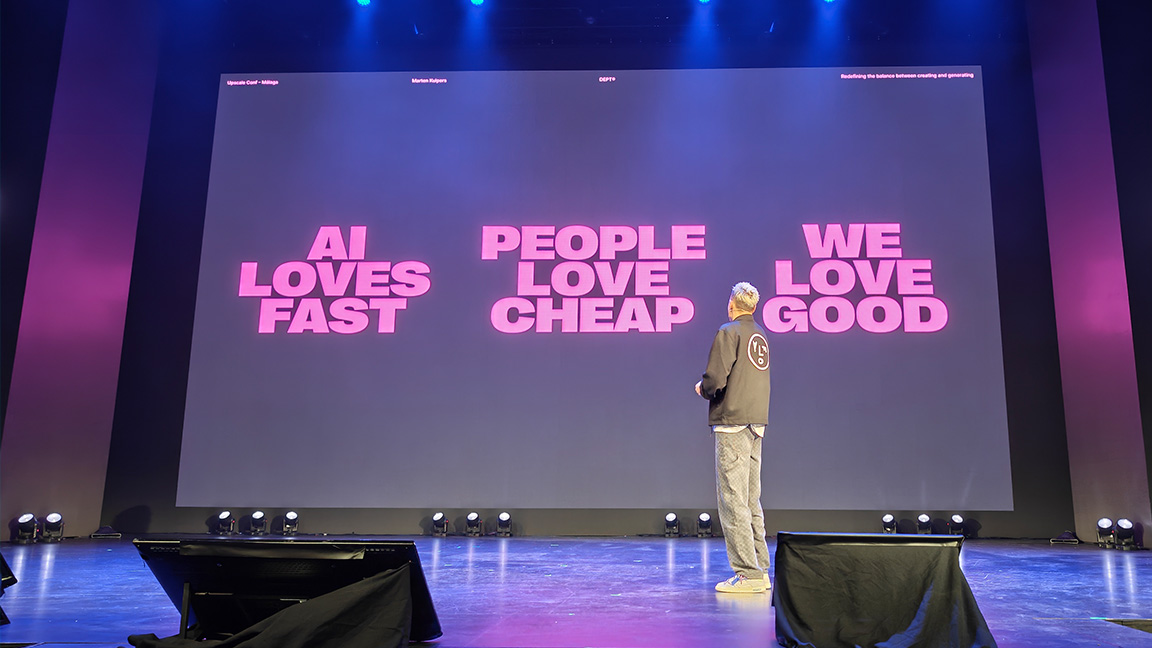
Marten Kuipers, Executive Creative Director at DEPT®, took a pragmatic approach. “AI won’t replace you,” he said. “But someone using AI better than you might.”
At DEPT®, that means building a culture of experimentation, but with purpose. Kuipers compared AI to “a colleague that never sleeps,” yet cautioned against using it purely for efficiency. “If you’re only using AI to move faster,” he said, “you’re missing the point. The real power comes when you use it to move differently.”
He argued that creativity still demands discernment, knowing which ideas to keep, and when to stop. “The best work doesn’t happen because you used a tool,” he said. “It happens because you used it with intent.”

The danger of sameness
If Cuenca focused on access and Kuipers on process, Max Ottignon of Ragged Edge was there to talk about taste. “The problem isn’t AI,” he said. “It’s our mindset.”
Ottignon argued that long before generative tools arrived, creativity had already begun to flatten. From branding to interiors and car design, everything was starting to look and sound the same. “We were making soulless work long before AI came along,” he joked. “The difference now is that AI can make that soulless work in seconds.”
His plea to the attending audience was simple: rediscover difference. “What’s different gets noticed. What’s different gets remembered. And what’s different gets chosen.”
A manifesto for modern creativity
Ottignon’s talk built towards what felt like a small manifesto for creative survival in the AI age. His advice was simple, but resonated deeply.
He urged creatives to start with ideas, not aesthetics. Don’t begin with a style or trend; instead, begin with a story. “If you start where everyone else starts,” he said, “you’ll end up where everyone else ends.”
Next came quality over quantity. Just because AI can produce hundreds of options doesn’t mean it should. At Ragged Edge, Ottignon explained, they refuse to release anything that doesn’t meet or exceed their human standard. “The tech is there to raise the bar,” he said, “not lower it.”
And finally, he urged everyone to keep curiosity alive. “When you stop questioning, exploring, and pushing the edges of what’s possible,” he said, “you stop being truly creative.”
For Ottignon, this isn’t just a design philosophy but a way to keep creative work human and meaningful in a world of instant content. Ottignon closed by reminding the room that “we’re not fighting AI, we’re fighting apathy.”

The fight for difference
Reflecting on what was said today, there was a clear line running through the three speakers' stances – that AI itself isn't the solution but a part of the creative process. Bad ideas would always be bad ideas with or without AI, and 'slop' has been around long before Dall-E was used to make spaghetti-fingered celebrities.
For Cuenca, the challenge is accessibility, giving more people the tools to express ideas; for Kuipers, it’s intentionality, using those tools with purpose; for Ottignon, it’s difference, protecting the spark that makes work stand out.
AI isn’t going anywhere. But as Day 1 of Upscale showed, the best creatives aren’t asking how to keep up with the technology, but instead they’re asking how to stay ahead of the sameness it can create. Because if difference wins, creativity wins, and that’s something no algorithm can replicate.
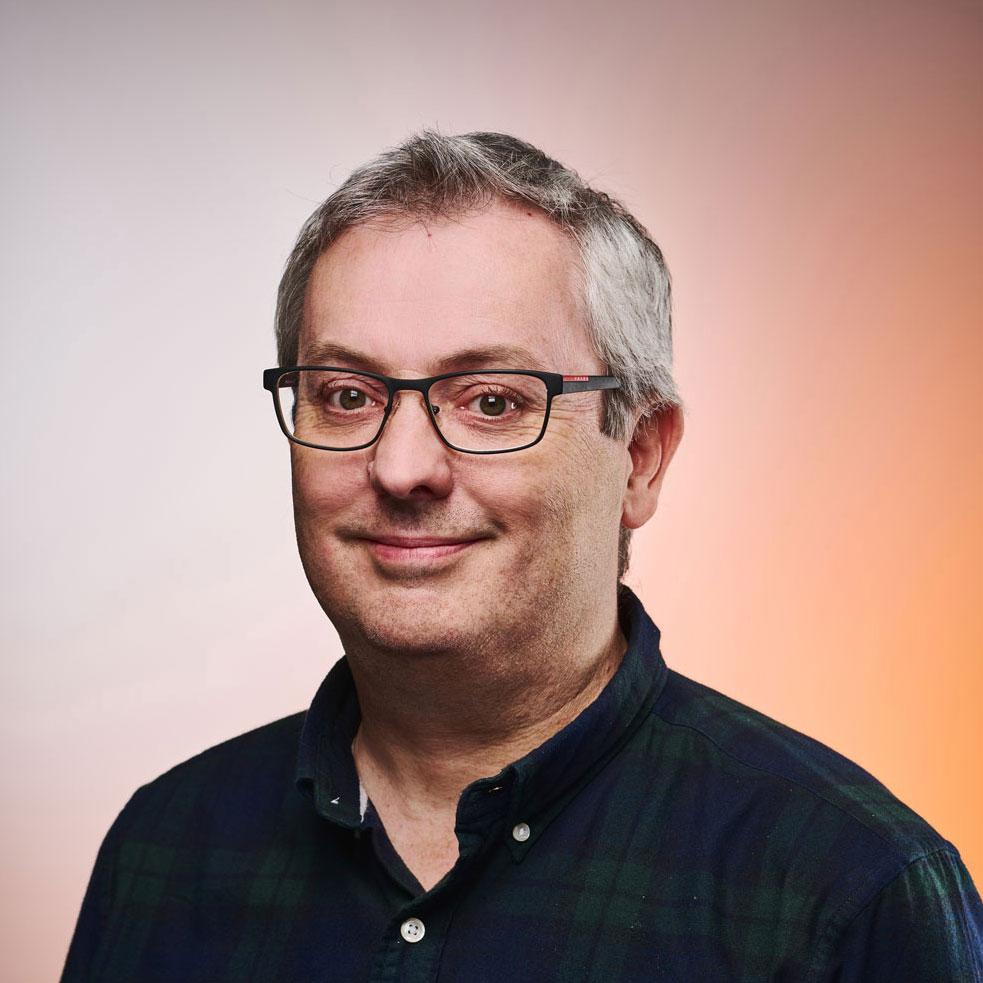
Ian Dean is Editor, Digital Arts & 3D at Creative Bloq, and the former editor of many leading magazines. These titles included ImagineFX, 3D World and video game titles Play and Official PlayStation Magazine. Ian launched Xbox magazine X360 and edited PlayStation World. For Creative Bloq, Ian combines his experiences to bring the latest news on digital art, VFX and video games and tech, and in his spare time he doodles in Procreate, ArtRage, and Rebelle while finding time to play Xbox and PS5.
You must confirm your public display name before commenting
Please logout and then login again, you will then be prompted to enter your display name.
